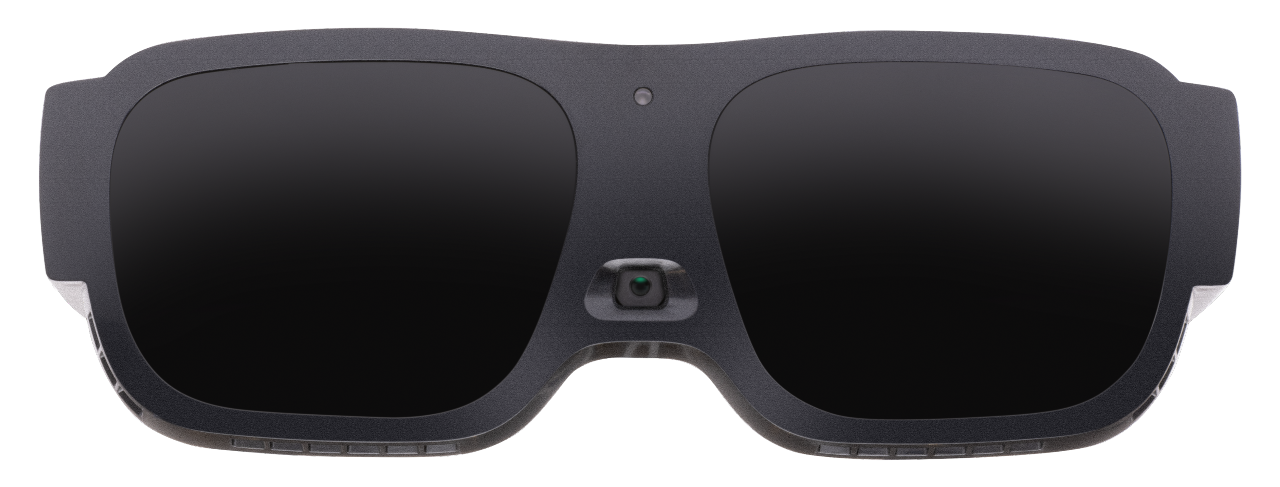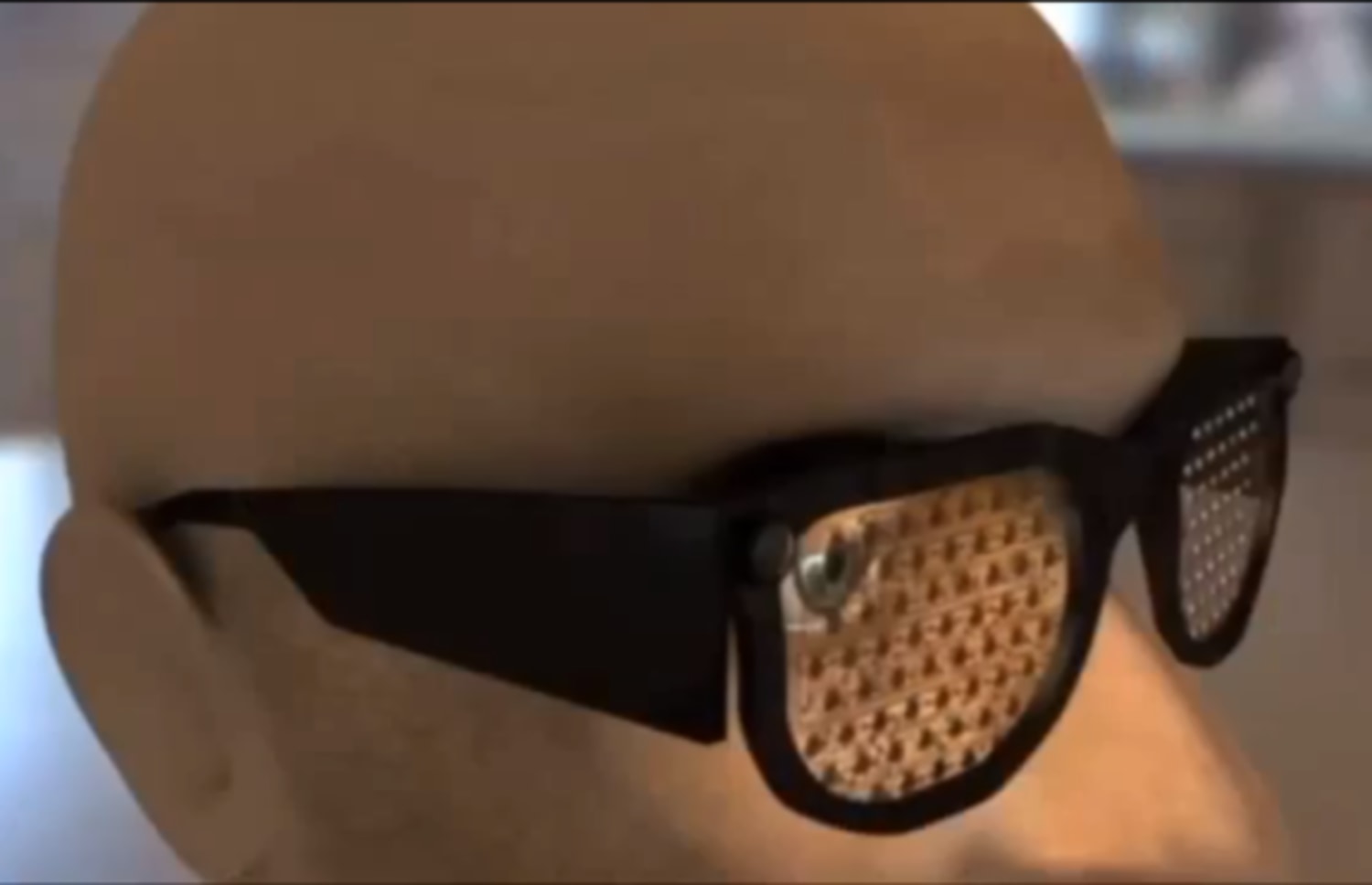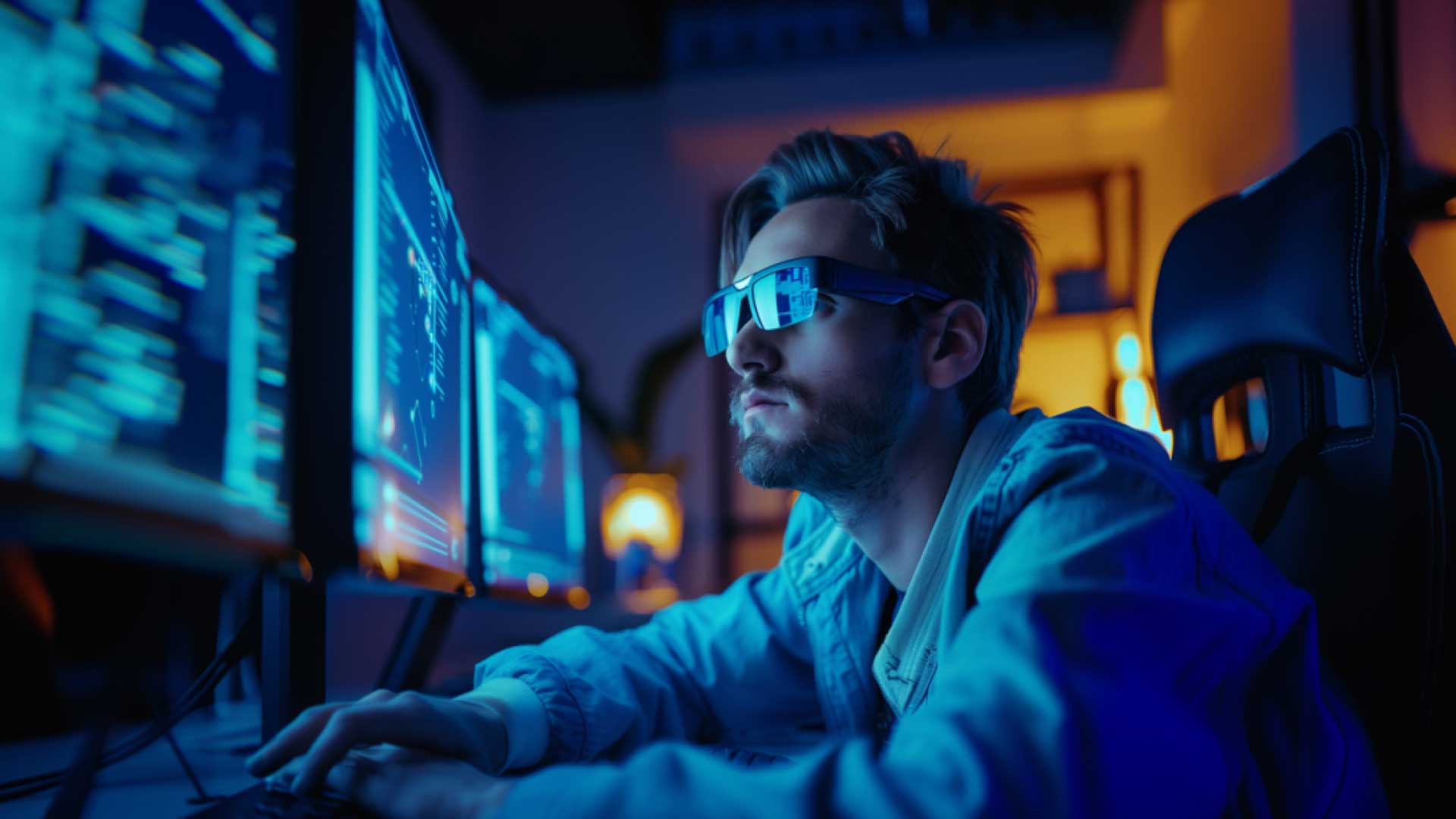Speech-to-Text Devices for Low Vision Users: Enhancing Communication and Productivity
Speech-to-Text Devices for Low Vision Users: Enhancing Communication and Productivity
Blog Article
Enhancing Availability Via Assistive Innovation for the Blind
The combination of assistive innovation for the blind stands for a pivotal advancement in availability, basically changing how people browse their settings and involve with culture. From screen viewers to ingenious clever canes, these devices not only boost freedom however likewise advertise inclusivity in numerous balls of life. As we check out the diverse sorts of assistive devices and their concrete effect on day-to-day living, it becomes vital to examine exactly how ongoing technical innovations are improving the landscape of support for the blind community. What implications do these advancements hold for the future of ease of access?
Review of Assistive Technology
Assistive modern technology describes a series of devices and software application designed to improve the abilities of individuals with specials needs, consisting of those who are aesthetically damaged or blind. This technology plays a critical function in promoting freedom and improving the lifestyle for individuals. By providing alternative methods for accessing info and performing everyday tasks, assistive modern technology equips people to navigate their settings more efficiently.
The advancement and application of assistive modern technology welcome a range of principles targeted at promoting ease of access. These concepts include user-centered style, which focuses on the demands and choices of the person, and the integration of modern technology into everyday tasks. Such advancements guarantee that assistive tools are not only useful however very easy and additionally instinctive to make use of.
Furthermore, assistive modern technology encompasses a diverse spectrum of services, from low-tech options like magnifiers to high-tech innovations such as display visitors and Braille displays. The recurring advancement of this field is driven by the requirement to resolve the one-of-a-kind challenges dealt with by people with aesthetic impairments (Wearable technology for low vision). As innovation remains to advance, the possibility for boosting ease of access and advertising inclusivity continues to be promising, inevitably contributing to a much more equitable culture

Kinds of Assistive Devices
Various sorts of assistive tools are readily available to support people that are blind or visually impaired, each designed to resolve details requirements and obstacles. These devices can be extensively classified right into three primary types: low-tech, mid-tech, and modern solutions.
Low-tech gadgets include items such as magnifiers, Braille labels, and responsive maps. These are fairly easy tools that enhance the individual's capacity to connect with their environment without calling for complicated innovation.
Mid-tech devices typically entail advanced attributes, such as digital magnifiers and mobile Braille note-takers. These devices can provide functionalities like speech result, permitting customers to accessibility information much more successfully.

Effect On Daily Living
The availability of various assistive devices dramatically boosts the high quality of life for individuals who are blind or aesthetically damaged, affecting their everyday living in profound means. By incorporating technologies such as screen visitors, Braille shows, and audio summary solutions right into their regimens, individuals acquire higher freedom and freedom. These devices facilitate access to information, making it possible for individuals to do everyday jobs, such as reviewing e-mails, browsing public areas, and delighting in media content.
In addition, assistive devices encourage individuals to involve more totally in social communications and community activities. The capability to use smart devices outfitted with availability attributes permits smooth interaction and connection with others. This connectivity fosters a sense of belonging and lowers feelings of isolation.
In professional setups, assistive technology sustains efficiency by permitting individuals to complete job jobs efficiently. Devices like voice recognition software and specialized magnifying gadgets enable customers to join the labor force on equivalent ground link with their sighted peers.

Developments in Modern Technology
Current technological advancements have significantly transformed the landscape of devices readily available for people who are aesthetically damaged or blind. The assimilation of fabricated knowledge (AI) and artificial intelligence has generated applications that enhance navigating and things acknowledgment. Smart device apps can now utilize AI to recognize and define environments in real-time, offering individuals with beneficial contextual details.
In addition, improvements in haptic modern technology have actually resulted in the growth of smart walking sticks geared up with sensing units that spot barriers and give responsive responses. This empowers customers to navigate their atmosphere with raised confidence and independence. Technologies in text-to-speech software and braille screens have improved the accessibility of digital material, permitting for smooth interaction with various media.
Wearable modern technologies, such as smart glasses, are likewise making strides in helping visual impairment. These devices can give increased fact experiences, superimposing important details onto the customer's field of view. Collectively, these improvements not just boost the high quality of life for people that are blind yet also advertise better incorporation in culture. As technology proceeds to evolve, the potential for a lot more transformative devices continues to be on the horizon.
Future Trends and Innovations
As modern technology swiftly advances, the future of assistive devices for people that are blind holds enormous assurance. Advancements in expert system (AI) and maker knowing are poised to transform the means blind customers communicate with their atmospheres. AI-driven applications are being developed to enhance item acknowledgment, enabling individuals to identify and browse their surroundings with greater ease and precision.
In addition, improvements in haptic feedback innovation are making it possible for the development of responsive maps and navigating aids that supply real-time details via touch. These advancements not just improve mobility but also foster self-reliance. In addition, wearable tools equipped with augmented reality (AR) features are emerging, offering users visual details with sound summaries, thus linking the space in between the physical and electronic globes.
Furthermore, the integration of smart home modern technology offers new chances for access, allowing individuals to check it out control their living environments through voice commands or smartphone applications. As collaboration in between technology programmers and the blind area proceeds, the focus on user-centered style will guarantee that future advancements are customized to fulfill the special requirements of this population (Wearable technology for low vision). The trajectory of assistive technology look what i found assures a more inclusive and empowering future for people who are blind
Conclusion
In final thought, assistive modern technology plays a critical role in boosting access for individuals with visual disabilities. The diverse range of gadgets, consisting of display viewers and smart walking sticks, dramatically enhances everyday living and cultivates independence. Constant improvements in technology and user-centered style make sure that these devices cater effectively to the unique demands of the blind neighborhood. As advancements progress, enhanced inclusivity and empowerment can be prepared for, inevitably enhancing the quality of life for those influenced by aesthetic impairments.
The integration of assistive technology for the blind represents a pivotal innovation in ease of access, essentially altering exactly how people navigate their environments and engage with society.Assistive modern technology refers to a range of devices and software application designed to improve the capacities of individuals with disabilities, consisting of those that are visually damaged or blind. Wearable technology for low vision.As modern technology quickly progresses, the future of assistive devices for people who are blind holds enormous pledge. The trajectory of assistive technology guarantees a more empowering and comprehensive future for people who are blind
In final thought, assistive innovation plays an essential function in enhancing availability for individuals with visual disabilities.
Report this page